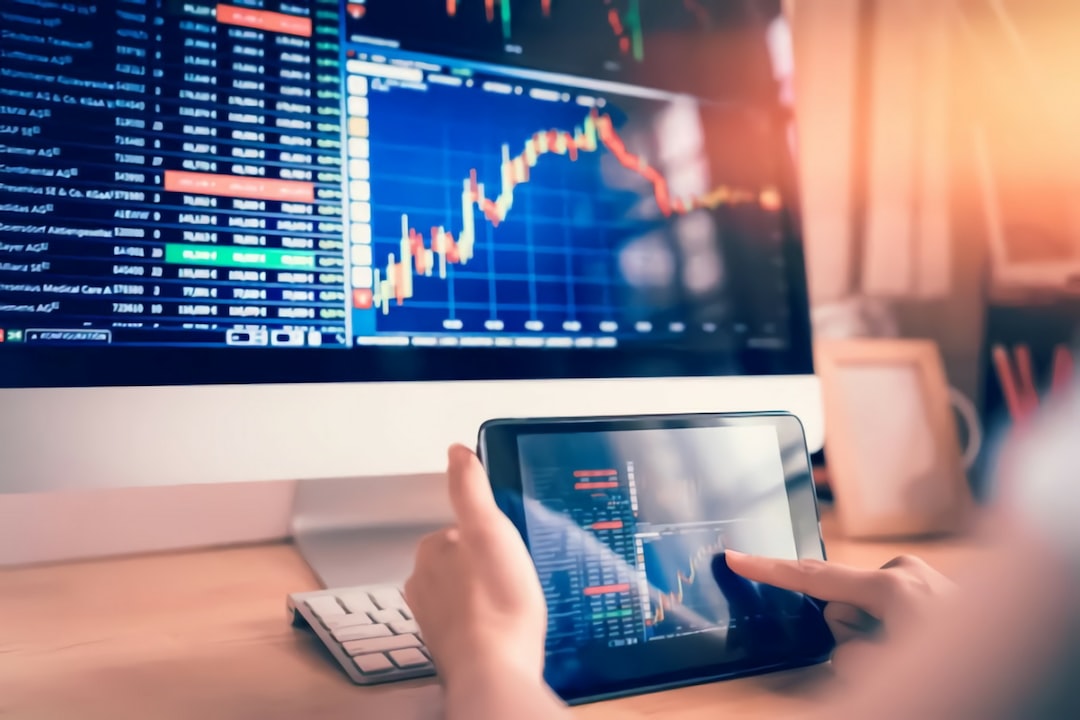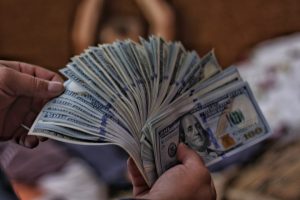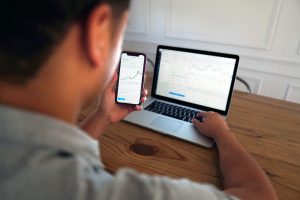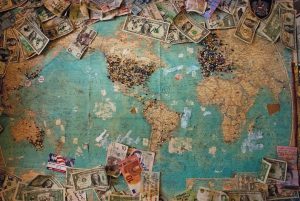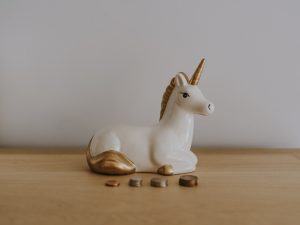Forex trading, also known as foreign exchange trading, is the process of buying and selling currencies in the global market. It is the largest and most liquid market in the world, with an average daily trading volume of over $5 trillion. Forex trading has been around for centuries, but it was only in the late 1990s that it became available to retail traders.
Before the advent of the internet, forex trading was largely the domain of large financial institutions, multinational corporations, and wealthy individuals. The interbank market, where these players traded currencies with each other, was the only way to access the forex market. Retail traders had no way to participate in forex trading, as they did not have the necessary capital or connections to enter the interbank market.
The first retail forex broker was launched in 1996, when a company called Matchbook FX offered online forex trading to individual traders. However, the platform was not very user-friendly, and the spreads were high. It was not until the late 1990s that retail forex trading really took off.
One of the key developments that facilitated the growth of retail forex trading was the advent of the internet. With the internet, traders could access forex trading platforms from anywhere in the world, and at any time of the day or night. This made it possible for individual traders to participate in the forex market, even if they did not have the capital or connections to enter the interbank market.
Another important development was the introduction of leveraged trading. With leveraged trading, traders could trade larger positions than their account balance would allow, by borrowing funds from their broker. This allowed traders to take advantage of small price movements in the forex market, and potentially earn large profits.
The first retail forex brokers to offer leveraged trading were Gain Capital and FXCM, which were both founded in 1999. These brokers offered trading platforms that were user-friendly and accessible to individual traders, as well as competitive spreads and leverage ratios.
As retail forex trading became more popular, more brokers entered the market. Today, there are hundreds of forex brokers that offer retail trading platforms, with varying levels of regulation and customer support.
Retail forex trading has also evolved over time, with the introduction of new trading instruments and strategies. For example, binary options trading, which is a form of options trading where the payout is either a fixed amount or nothing at all, has become popular in recent years.
In addition, social trading platforms have emerged, which allow traders to copy the trades of successful traders. This can be a useful way for novice traders to learn from more experienced traders, and potentially earn profits without having to spend years learning how to trade.
In conclusion, retail forex trading has come a long way since its inception in the late 1990s. Thanks to the internet and the introduction of leveraged trading, individual traders can now participate in the world’s largest and most liquid market. As technology continues to evolve, it is likely that retail forex trading will continue to evolve as well, with new instruments and strategies that make trading more accessible and profitable for a wider range of traders.

